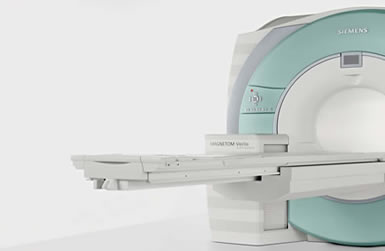SHUNTING
 |
Control of
Hydrocephalus in Craniopharyngiomas
|
Hydrocephalus is a complicating factor found in 15 to 30
percent of craniopharyngioma patients. Proper management of the
enormous positional shifts that occur when treating the tumor
and hydrocephalus simultaneously will help to avoid major
complications. When the patient's symptoms and signs are solely
related to increased intracranial pressure, treatment of
hydrocephalus is indicated as a first step. However,
decompression of the hydrocephalus may allow the tumor to change
position. For example, a tumor located beneath the optic chiasm
can cause greater stretching of the chiasm and a larger
bitemporal field cut when the lateral ventricles are
decompressed. Very rapid decompression of hydrocephalus may
allow the cortex to fall away from the inner table, creating
subdural hygromas or hematomas or even leading to venous
thrombosis. Installing a shunting device preoperatively may make
it difficult to control the rate of decompression. For this
reason, valve-regulated external drainage may be useful for
carefully controlling the rate of decompression.
Occasionally it may be useful to decompress the hydrocephalus
and a cystic tumor simultaneously. In a recent case, a huge cyst
filling the third ventricle caused hydrocephalus. Catheters
placed in the cyst and ventricular system for 24 h allowed
controlled decompression of both spaces, making the operation
easier and facilitating total removal of the tumor.
|


 What’s New
What’s New
